Fir Tree in Central Texas Zone 8
tcharles26
17 years ago
Featured Answer
Sort by:Oldest
Comments (23)
dcsteg
17 years agotcharles26
17 years agoRelated Professionals
Deer Park Landscape Architects & Landscape Designers · Elwood Landscape Architects & Landscape Designers · La Marque Landscape Architects & Landscape Designers · Marina Landscape Architects & Landscape Designers · Bowie Landscape Contractors · Davidson Landscape Contractors · Downey Landscape Contractors · Fair Oaks Landscape Contractors · Fort Mill Landscape Contractors · Golden Gate Landscape Contractors · Hendersonville Landscape Contractors · Middleton Landscape Contractors · Mission Viejo Landscape Contractors · Morrisville Landscape Contractors · Red Oak Landscape Contractorspasadena
17 years agodcsteg
17 years agopineresin
17 years agoscotjute Z8
17 years agoreeb88
17 years agojames_va
17 years agodcsteg
17 years agoforrest30295
17 years agopineresin
17 years agotstex
9 years agodavidrt28 (zone 7)
9 years agoWilliam Fesperman
7 years agodavidrt28 (zone 7)
7 years agolast modified: 7 years agoWilliam Fesperman
7 years agoWilliam Fesperman
7 years agodavidrt28 (zone 7)
7 years agolast modified: 7 years agoWilliam Fesperman
7 years agolast modified: 7 years agodavidrt28 (zone 7)
7 years agolast modified: 7 years agobengz6westmd
7 years agodavidrt28 (zone 7)
7 years agolast modified: 7 years ago
Related Stories
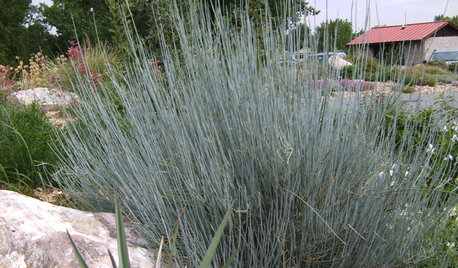
BLUE AND GRAY FOLIAGEGreat Design Plant: Bluestem Joint Fir
For a splash of cool blue color that lasts all year, try this evergreen in a sunny and dry garden spot
Full Story
GARDENING GUIDESGreat Design Plant: Sambucus Nigra
Common elderberry is a highly adaptable shrub from the eastern U.S., with berries galore for wildlife and humans alike
Full Story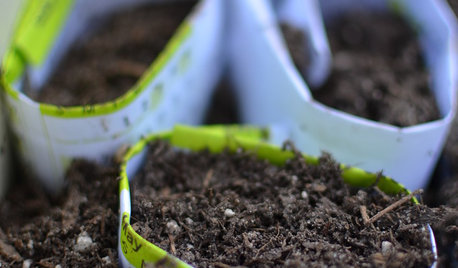
SOUTHWEST GARDENINGTexas and Desert Southwest Gardener's January Checklist
Since snow doesn't swirl in these parts, it's time to get fruit trees in the ground, check irrigation and color the garden with annuals
Full Story
LANDSCAPE DESIGNGreat Design Plant: Retreat to the Shade of Hardy Catalpa
Big foliage and a towering height provide a shady respite in summer, but that's not all hardy catalpa offers dedicated gardeners
Full Story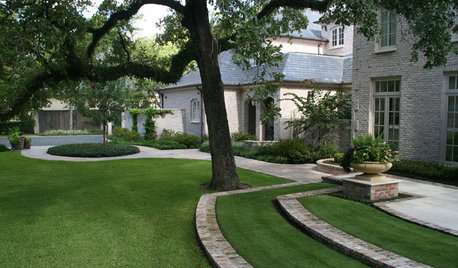
GARDENING GUIDESTexas Gardener's September Checklist
Clear out summer's leftovers to make way for your fall garden's perennials, trees and shrubs
Full Story0
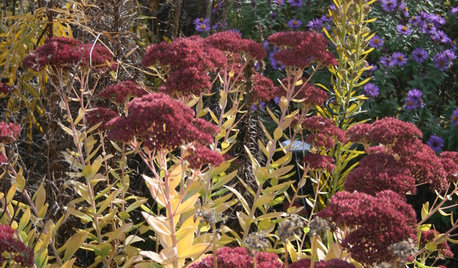
GARDENING GUIDES8 Perennials for Great Fall Color
Trees haven't cornered the market on autumn splendor. Add these flowering perennials for a foliage sight to behold
Full Story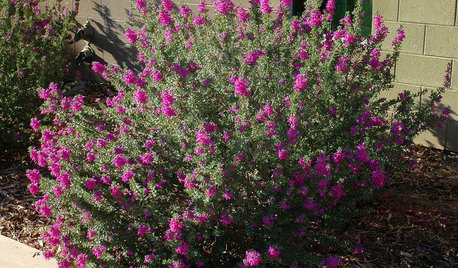
GARDENING GUIDESGreat Design Plant: Texas Ranger Explodes With Color
If purple is your passion, embrace Leucophyllum frutescens for its profusion of blooms and consider the unfussiness a bonus
Full Story
ARBOR DAY8 Reasons to Plant a Great Tree
Beauty is its own reward, but the benefits of planting the right tree in the right place go way beyond looks
Full Story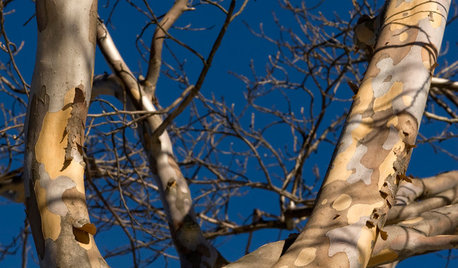
WINTER GARDENING8 Gorgeous Trees for Winter Interest in the Garden
Intriguing forms and beautiful branches take center stage when color heads back into the wings of the winter landscape
Full Story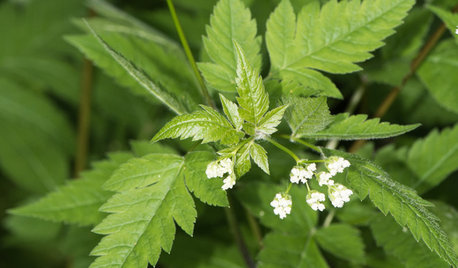
GARDENING GUIDESGreat Design Plant: Osmorhiza Longistylis Provides Texture and Form
Plant longstyle sweetroot in midwestern and eastern U.S. woodland gardens for its fern-like foliage and crisp white flowers
Full StoryMore Discussions






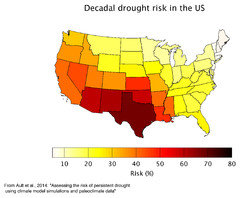
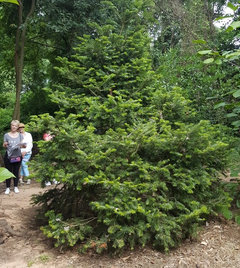





spruceman